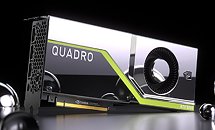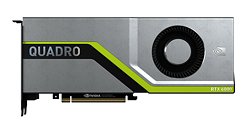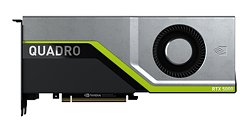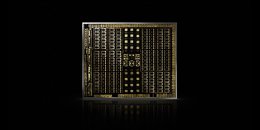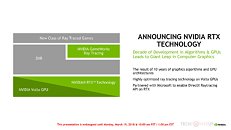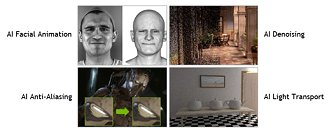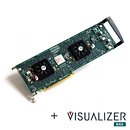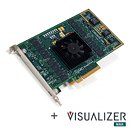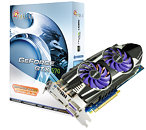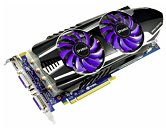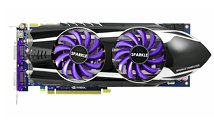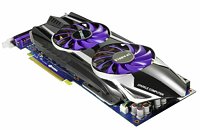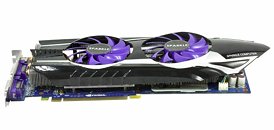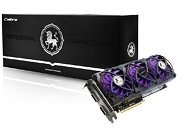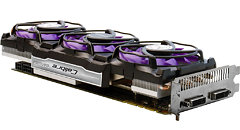
MSI GeForce GTX 1660 Ti SKUs Listed on the Eurasian Economic Commission, Adds Fuel to 1660 Ti Fire
It seems only yesterday that we were discussing a Turing microarchitecture-based TU116 die that would power the yet-to-be-confirmed GeForce GTX 1660 Ti. With no RTX technology support, this was speculated to be NVIDIA's attempt to appease the mainstream gaming market that understands the GPU does not have enough horsepower to satisfactorily drive real-time ray tracing in games while still maintaining an optimal balance of visual fidelity and performance alike. Reports indicated an announcement next month, followed by retail availability in March, and today we got word of more concrete evidence pointing towards all these coming to fruition.
It appears that trade listings in various organizations are going to be a big source of leaks in the present and future, with MSI GeForce GTX 1660 Ti SKUs, including the Gaming Z, Armor, Ventus, and Gaming X, all listed on the Eurasian Economic Commission (EEC). The listing covers the associated trademarks, all awarded to MSI, and is one of the last steps towards setting up a retail channel for new and upcoming products. Does the notion of a Turing GTX GPU without real-time ray tracing interest you? Let us know in the comments section below.
It appears that trade listings in various organizations are going to be a big source of leaks in the present and future, with MSI GeForce GTX 1660 Ti SKUs, including the Gaming Z, Armor, Ventus, and Gaming X, all listed on the Eurasian Economic Commission (EEC). The listing covers the associated trademarks, all awarded to MSI, and is one of the last steps towards setting up a retail channel for new and upcoming products. Does the notion of a Turing GTX GPU without real-time ray tracing interest you? Let us know in the comments section below.





